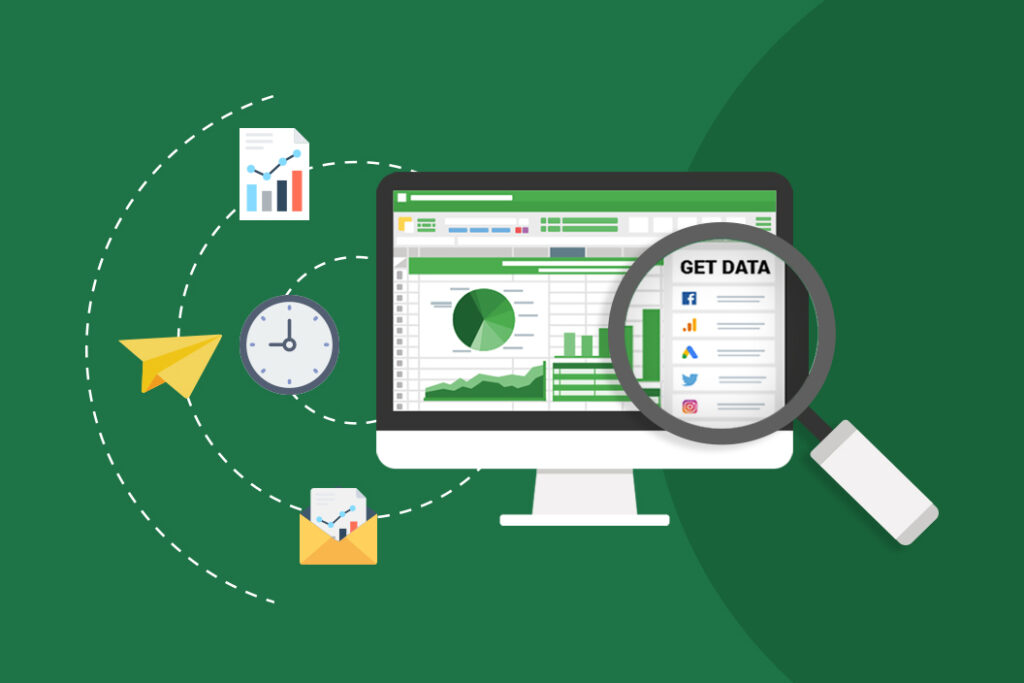Personal Career & Learning Guide for Data Analyst, Data Engineer and Data Scientist
Excel is an essential tool for data analysts that allows them to manage and analyze large amounts of data. One of the most useful functions of Excel is the ability to count specific values within a range of data. In this article, we will discuss how to count the total number of matches in two ranges using Excel.
To start, you need to have two sets of data that you want to compare. For example, you might have a list of items that you sold and another list of items that you have in stock. You want to determine how many of the items you sold are still in stock.
To accomplish this task, you will use the COUNTIF function in Excel. The COUNTIF function allows you to count the number of cells in a range that meet a specific criterion. For example, if you have a list of items in one column and a list of items in another column, you can use the COUNTIF function to determine how many items match between the two lists.
The COUNTIF function takes two arguments, the range that you want to count and the criterion that you want to use to count. For our example, the range will be the list of items that you sold and the criterion will be the list of items that you have in stock.
To use the COUNTIF function, you will start by selecting the cell where you want the result to appear. Then, type in “=COUNTIF(“, followed by the range of the list of items that you sold and a comma. Next, type in the range of the list of items that you have in stock and close the parenthesis.
For example, if your list of items that you sold is in the range A1:A10 and your list of items that you have in stock is in the range B1:B10, the formula would look like this: =COUNTIF(A1:A10,B1:B10).
When you press enter, Excel will return the number of matches between the two lists. This is the number of items that you sold that are still in stock.
In conclusion, counting total matches in two ranges is a simple task in Excel that can provide valuable insights into your data. By using the COUNTIF function, you can quickly compare two sets of data and determine how many values match. Whether you are a beginner or an experienced data analyst, knowing how to count total matches in two ranges is an essential skill that will help you get the most out of your data.
Excel Example for Data Analyst – Count total matches in two ranges
 Loading...
Loading...
Latest end-to-end Learn by Coding Projects (Jupyter Notebooks) in Python and R:
All Notebooks in One Bundle: Data Science Recipes and Examples in Python & R.
End-to-End Python Machine Learning Recipes & Examples.
End-to-End R Machine Learning Recipes & Examples.
Applied Statistics with R for Beginners and Business Professionals
Data Science and Machine Learning Projects in Python: Tabular Data Analytics
Data Science and Machine Learning Projects in R: Tabular Data Analytics
Python Machine Learning & Data Science Recipes: Learn by Coding
R Machine Learning & Data Science Recipes: Learn by Coding
Comparing Different Machine Learning Algorithms in Python for Classification (FREE)
There are 2000+ End-to-End Python & R Notebooks are available to build Professional Portfolio as a Data Scientist and/or Machine Learning Specialist. All Notebooks are only $29.95. We would like to request you to have a look at the website for FREE the end-to-end notebooks, and then decide whether you would like to purchase or not.
